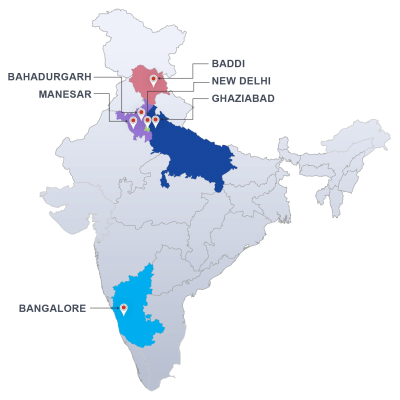Data management is performed using the clinical data management system which includes CTMS, eTMF, EDC, Metadata etc. All data management activities are performed according to a study-specific data Management Plan. Data quality is ensured by an ongoing program of quality control (QC) steps as documented in the data management plan. We share all our QC reports with sponsors.
Accelerated data management procedures at the clinical unit will enable the closure of databases by the end of the subject’s last visit. This also enables our sponsor to have access to blinded clean data on an ongoing basis during the study and allows them to make clinical decisions on safety and tolerability before dosing further cohorts.
Our entire data management activities can be subdivided into following
A. Database Creation as per Case report form:
We will prepare the EDC metadata from the approved paper CRF provided by the sponsor in Microsoft Excel sheet. This metadata is created for screening visits which includes Demography, Inclusion & exclusion eligibility, complete Medical history, physical examination, diary card dispensing and instructions to patients in EDC. The eCRF is created by study visits as per protocol and separate EDC pages are created for unscheduled visit, adverse events details, Concomitant medication and study completion.
B. Validation of Database
EDC pages will be validated for each data field as per the requirement of protocol and depend on variables. For Inclusion /Exclusion criteria yes=1 and No=2, age of the patient blocked in the defined range, Severity as per mild=1, moderate=2, severe=3 and for variables which have text will be entering text as per CRF. The edit check and condition are applied on different data fields to avoid user end errors. CRA verifies the EDC data from source data remotely and processes for locking of data for statistical analysis.
C. Training
All associates are trained in the domain of Clinical research and Standard operating procedures of Data management. Before they start the data entry associates who are involved in this project will go through the protocol and CRF properly and understand the primary and secondary efficacy variables very well. And during weekly meetings the Manager will answer the queries of all associates as per their project
D. Discrepancy Management
Data Manager defines the data handling conventions and explains to both the associates, our data associates try to resolve the discrepancies that arise during the data entry as we adopt the interactive data entry tool. Every discrepancy is reviewed to determine if it needs to be sent to the sponsor or can be resolved in-house, Discrepancies that do not require a query to be issued are closed.
E. AE Reconciliation
Data on the Adverse Event CRF is compared to data from an independent AE database carried out during the manual review of the CRF if the sponsor sends the CRF and SAE form. If there are any discrepancies, a query is generated, if the query results in a change to the AE database, the data associate makes the change
F. Quality Control and Quality Assurance
Data entry and the database QC process are other critical areas of the data management process that are audited by QA personnel. The audits review the documented evidence that shows the data accuracy and integrity were verified and checked manually, to ensure the data were logical. These audits also ensure that all data queries are resolved and that the overall database QC review was conducted according to the QC SOP.
















